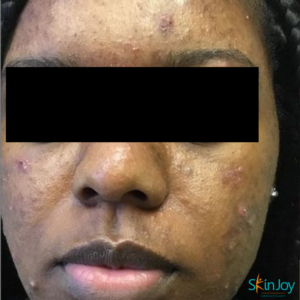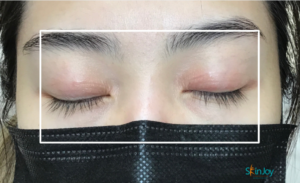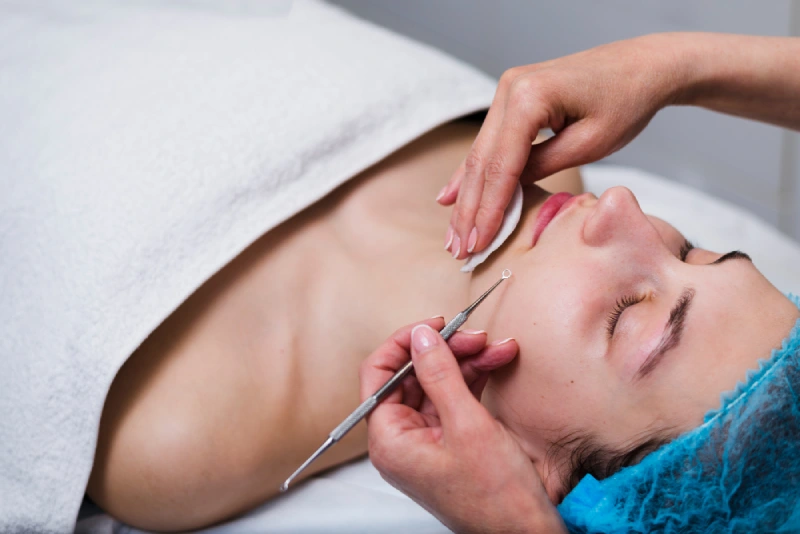
The recent change from winter to spring might be fabulous for your mood, but it can also come with a slew of new skincare concerns. Here are five problems spring drags in for your skin
1.) Acne Breakouts

Although pimples can pop up any time of the year, many of us seem to experience more acne breakouts as the seasons change. Additionally, rising temperatures and more time spent outside being active can lead to more sweating, which means breakouts can appear on places other than the face. Many people find that back acne (sometimes called “bacne”) becomes more common in the spring and summer.
2.) Contact Dermatitis

As we transition to spring and start spending more time outdoors, the risk of contact dermatitis rises. Anyone who’s had a run-in with poison ivy or another irritant likely knows the uncomfortable, itchy feeling caused by this skin condition. Contact dermatitis often appears when your skin is directly exposed to an irritating substance or allergen. Causes can include poison ivy or poison oak, along with cosmetics, soaps, and even jewelry. Contact dermatitis often appears within minutes or hours of exposure and can last between two and four weeks.
3.) Insect Bites

We aren’t the only ones excited about spring and summer—insects are buzzing with enthusiasm about the shift in seasons, too. Many of us are allergic to the bites of mosquitos, flies, and other critters and insects. If you spend a lot of time on the trail, on the water, or even in your backyard, chances are that you are familiar with the tell-tale welts these pests can leave on your skin. Though itchy, for the most part, insect bites are harmless. Other bites and stings, like those from hornets, wasps, bees, and some kinds of ants can cause penetrating pain and allergic reactions.
4.) Grass and Pollen Allergies

For many people, exposure to grass and pollen can cause rashes and discomfort. In the spring and summer, contact with grass and other pollen can lead to allergic rhinitis, allergic conjunctivitis, and even asthma. Direct contact with grass (from mowing or sitting in the grass) can cause hives (also called urticaria) and atopic dermatitis.
5.) Seasonal Eczema

Though the exact cause of eczema (also called atopic dermatitis) might be unknown in many cases, some patients have found flare-ups are linked to changing seasons and exposure to a variety of conditions. Spring can increase your risk of exposure to eczema irritants including:
- Pollens
- Mold and certain fungi
- Hot weather
- High or low humidity depending on climate
- Perspiration
We recommend a visit with your local Board-Certified Dermatologist to help create a customized and effective skincare plan this SPRING for these diseases. Make an appointment with Dr. Obayan today.




